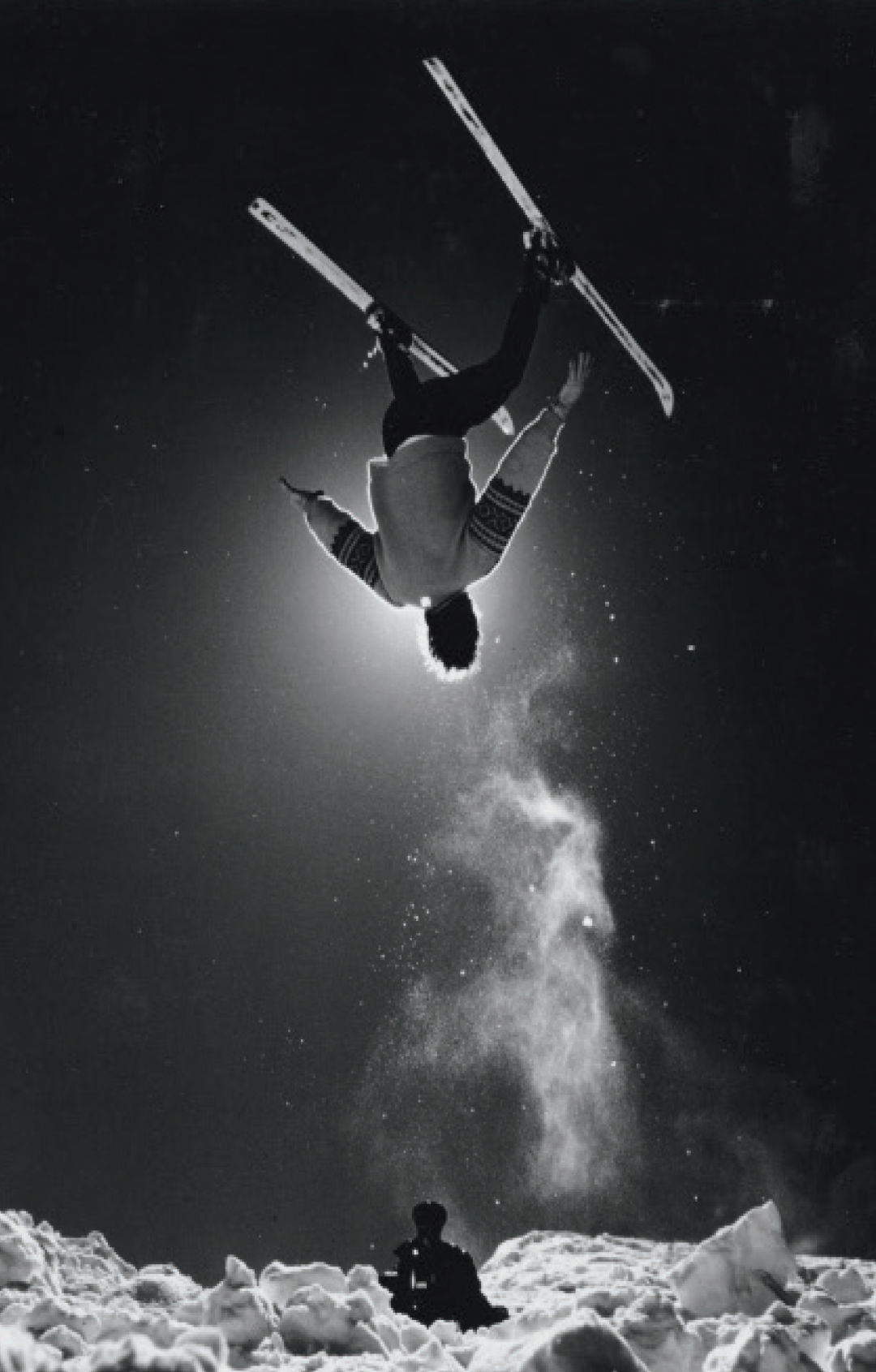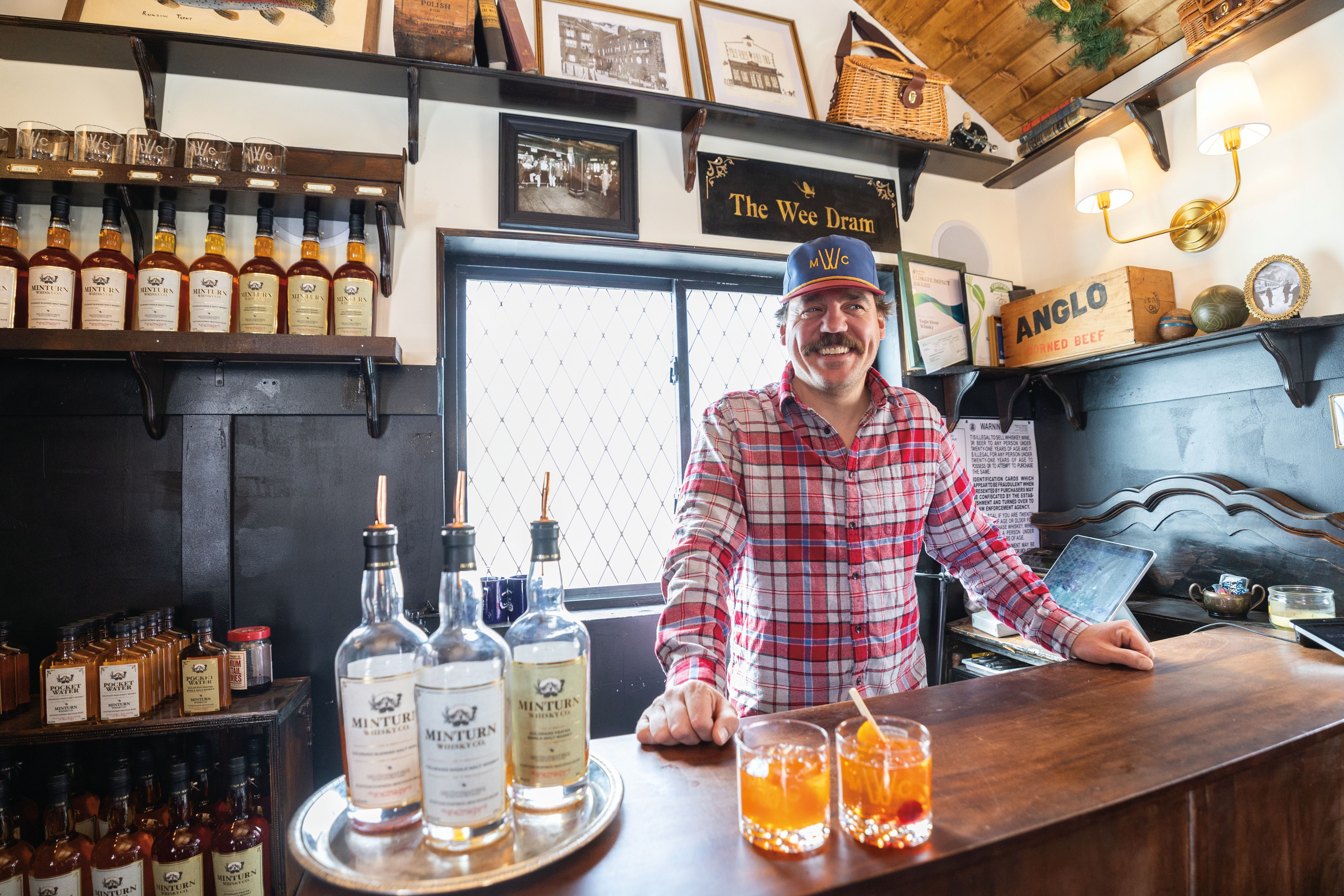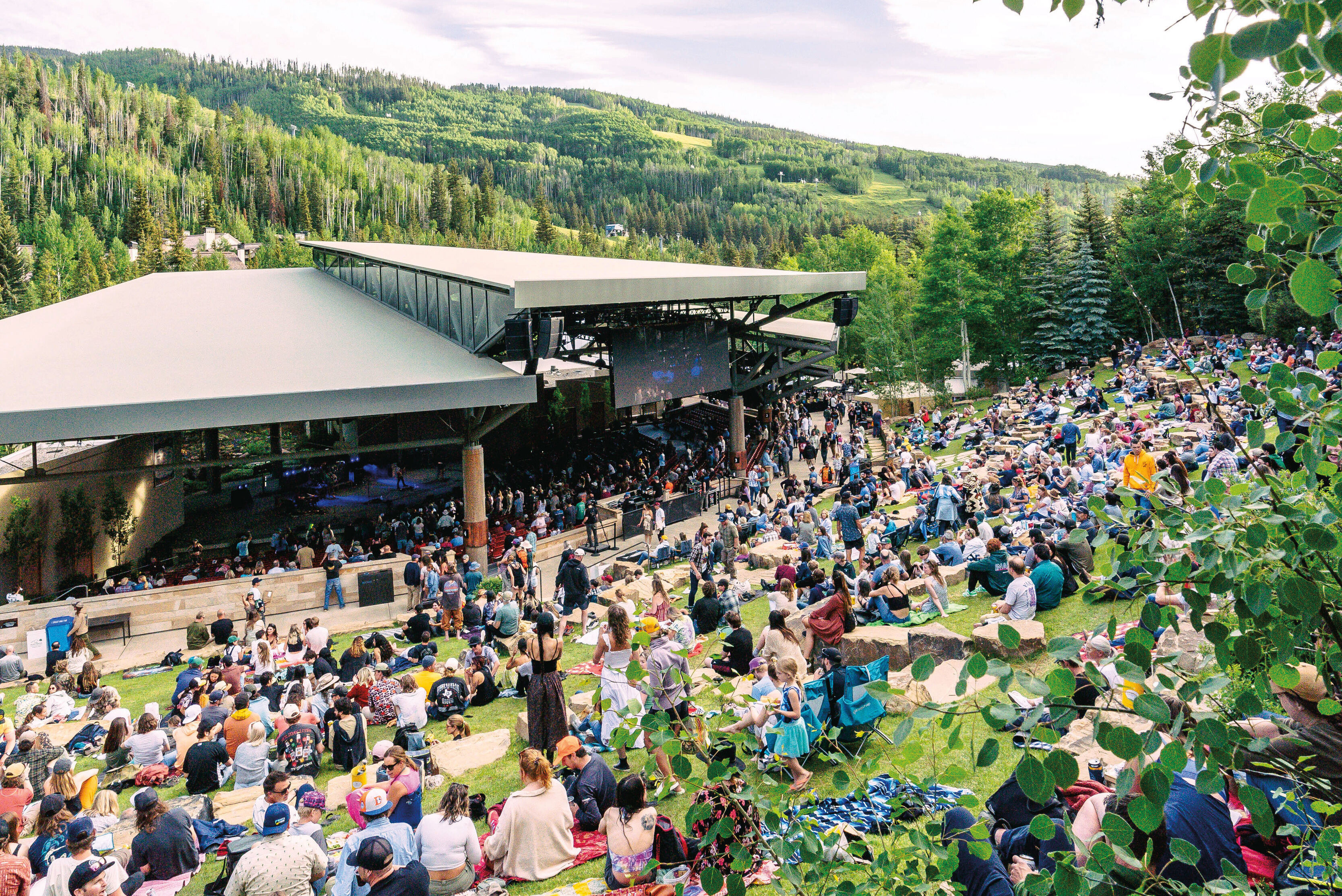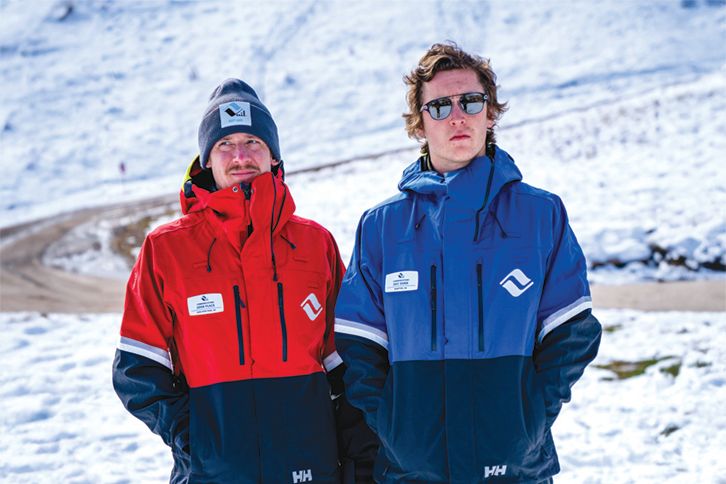Vail Mountain Through the Lens of Legendary Filmmaker Roger Brown

Image: Barry Stott
Roger Brown was there before the beginning. When Brown shot Impressions of Vail, he was a 27-year-old aspiring filmmaker, it was the winter of 1962, and not a single chairlift had been built on the mountain that would become Vail. Yet with hard squinting and wild imagination, you could see the future: a ski resort built on sheep and cattle land along Colorado’s Highway 6. To that end, founder Pete Seibert and advertising guru Bob Parker commissioned Brown to make a marketing film to help potential investors at country clubs from coast to coast visualize that future—and persuade them to ante in the $1.8 million Vail would need to build actual lifts and lodges. Unsophisticated and a mere twenty minutes long, Impressions of Vail showed trails being cut, a town being born, and the back bowls that promised a unique downhill experience.
And it worked.
“It was a frontier attitude. They believed anything was possible,” Brown explains. “There were no structures, no corporate ladders. They came as ski bums on a lark.”
The passage of over fifty years has brought radical change to Vail, and the Gypsum-based Brown has witnessed it all, often through the lens of his camera, a vision that he edited into a fiftieth-anniversary documentary, Vail: The Rise of America’s Iconic Ski Resort. The film premiered in 2012 at the Dobson Ice Arena.
The project’s biggest financial backer was Vail Resorts, followed by the town of Vail. Those purse strings might have guaranteed that the film would once again be of a promotional nature, focused on powder shots, smiling tourists, and a population free of friction.
But Brown doesn’t own a pair of rose-colored ski goggles. His film delivers a complete and very sober story of Vail: sure, there’s footage of first tracks under blue skies and Olympic skier/Vail product Lindsey Vonn, but Brown also trains his lens on the unnerving events that tested the fledgling resort—the construction of I-70 through the heart of town, the 1976 gondola accident that left four skiers dead and ushered in a more corporate culture, the 1998 ecoterrorism attack in Blue Sky Basin, the battle over rights to Gore Creek water. And the unrelenting pressure to build, grow, and profit.
For all of Vail’s imperfections, Brown also finds much to celebrate, including the fact that former Vail Mountain COO and now the Executive Vice President - Mountain Division for Vail Resorts, Chris Jarnot, is a hometown boy. (The camera catches Jarnot in a ski scene, not behind his desk.) And while Brown’s film might have a fall-from-innocence theme, it also conveys the notion that the promise the founders and early investors saw in Vail will always endure.
“No matter what development went on, you can’t change the mountains,” Brown says. “It’s a great mountain. Every new owner who came in looked at Vail as a feather in their cap. They’ve tried to keep it a classy place.”
Brown says he felt that his deepest obligation to the many locals who contributed small amounts to his film, be it sharing archival footage unearthed from boxes or simply sitting in front of the camera and resurrecting old memories. He took that support as evidence that Vail retains some of the pioneering character on which it was built, preserved within its people.
“They want to see the story told,” Brown says. “That tells me the Old West spirit’s still there ... a spirit of, ‘There’s nothing we can’t do.’”
To Brown, and for the future of Vail, that means everything.








































